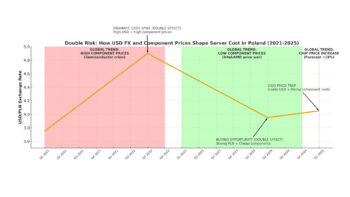LinkedIn has filed a lawsuit in federal court in California against ProAPIs and its chief executive, Rahmat Alam, accusing the company of running a sophisticated and massive data scraping operation of user profiles. The case sheds light on the ongoing battle between social media platforms and entities that commercialise unauthorised access to information.
According to LinkedIn, ProAPIs created an automated system that generated thousands of fake accounts on the site every day. The aim was to bypass security and mass-copy data that was only available to logged-in members – including profile information, company data, posts or reactions. Although the platform claims to be able to detect and block such accounts within a few hours, this short time was enough for the bots to collect huge amounts of data.
The information obtained in this way was then to be processed and sold to third parties. LinkedIn reports that ProAPIs offered access to its services for sums as high as $15,000 per month, advertising its collections as “up-to-date and comprehensive”. At the same time, the company allegedly made unlawful use of LinkedIn’s logo and trademarks, which may have suggested an official partnership.
In the lawsuit, the platform stresses that such actions are a blatant violation of its terms of use, which prohibit the creation of false identities and the automated reading of data. LinkedIn argues that this practice not only violates its security architecture but, above all, undermines users’ trust and exposes them to real risks – from spam and phishing attempts to the resale of sensitive information.
LinkedIn is seeking damages for image and economic losses in a bid to send a clear message to the data scraping industry. The case is not an isolated one and is part of a wider trend where digital platforms are increasingly aggressively defending access to their ecosystems. The incident demonstrates how big and lucrative business automated data scraping has become and how difficult it is to effectively protect against such attacks.












